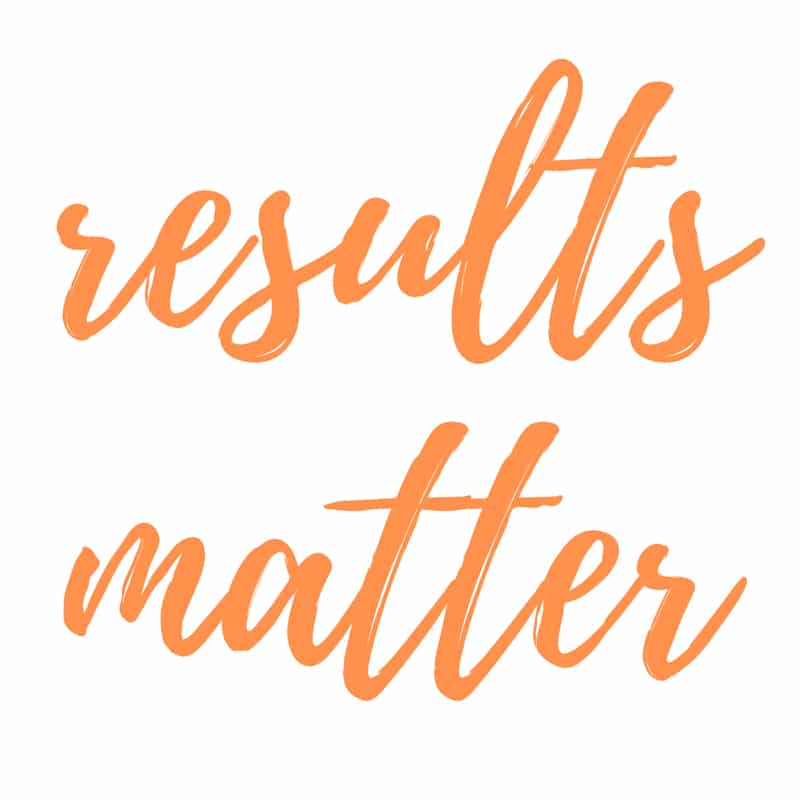
When you’ve worked on the supplier (client) side of the business, you know that when you tell a retailer you’ll do a demo at their store, what you’re really saying is that you will help them sell the product they choose to buy from you. It’s your promise to them as a salesperson.
So, what happens if your demo rep is just there to get a check? They probably will spend more time talking with their friends on texts than talking with customers. Eeek! After the demo you get the sales report, and not only are you disappointed, but your retailers are as well. Perhaps next time, they won’t feature your brand in that extra space. Your heart sinks.
How can you avoid this? At HFA, we’ve found a system that’s a win-win for our clients and our demo reps. We offer a $5/hour bonus based on sales results. We find the most success if we set the goal so approximately half of the staff meet it. We find this really motivates our demo reps to get results our clients and your retailers want.
Creating a sales incentive also allows our more driven demo reps to make 20-25% more than the rest of the team. We believe this is the way it should be – staff who deliver better results for our clients are compensated accordingly.
Our results speak for themselves. In a case study done in March 2019, we found that our staff outsold 2 in-house agencies (agencies the retailer required our clients to use) we managed by 70%! And our conversion rate was 500% greater than our nearest competitor. This means our staff weren’t blindly handing out samples, but were spending time educating the right customers, who were our client’s target demographic. And those customers made purchases!

There are many factors that go into finding a sweet spot for the sales goal. If you’ve been doing demos with your own team, you can take the average, and that’s a pretty good idea of what you can expect your agency’s demo team to do. If you’re new to demos, you’ll need to take into consideration a few factors:
· The price of your item
· Foot traffic at the store
· The breadth of your target demographic
· Your existing brand awareness
Of course, lower cost, higher traffic, wider breadth and higher brand awareness will usually result in more units being sold. As an example, one of our clients with a retail price point of $6.99 (twice the cost of their competitors), at stores with medium foot traffic, a narrow breadth and high brand awareness averaged 12.6 units/3-hour demo.

There are a lot of benefits with demos that are hard to measure – repeat purchases, the benefits of creating fans among store employees and the secondary merchandising space you got because you leveraged a demo, just to name a few. But sales during a demo are easily trackable and these should be used to evaluate how demo reps are performing.
Even if you don’t use Health and Fitness Activations, we encourage you to incorporate a sales incentive into your demo program. And if you’re going the agency-route, be sure to ask them what they feel will be realistic and determine if their estimates are in line with what you are expecting before signing the dotted line.




